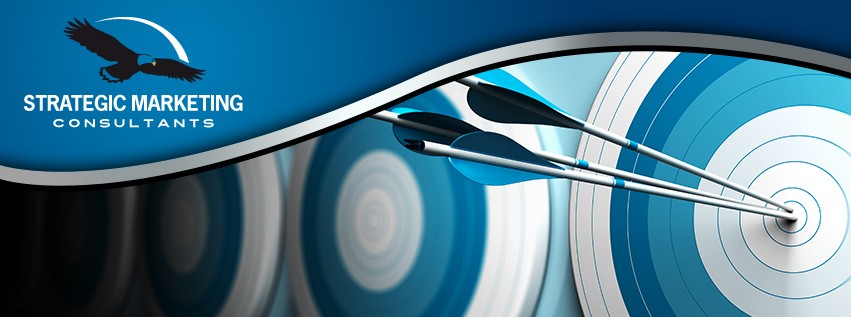Which Marketing Channels Are Your Best Fit?
By Shea EllisonJuly 15, 2015
There are 19 marketing channels from which a company can choose to find new customers.
There are nineteen customer acquisition channels companies can use to attract new clients. When going through channels, we recommend that you not dismiss any of them as irrelevant for your company. Each marketing channel has worked for companies of all kinds and in all different stages. Get one channel working that your competitors dismiss, and you can grow rapidly while they languish. 
Viral marketing
consists of growing your customer base by encouraging your existing customers to refer other clients.
Public Relations (PR)
is the art of getting your name out there via traditional media outlets like newspapers, magazines, and TV. However, most PR campaigns begin on the Web and give you access to the wider reach than ever before.
Unconventional PR
involves doing something exceptional (like publicity stunts) to draw media attention. This channel can also work by repeatedly going above and beyond for your customers.
Search Engine Marketing (SEM)
allows companies to advertise to prospective customers searching on Google and other search engines.
Social and Display ads
on popular sites like reddit, YouTube, Facebook, Twitter, and hundreds of other niche sites can be a powerful and scalable way to reach new customers.
Offline ads
include TV spots, radio commercials, billboards, infomercials, newspaper and magazine ads, as well as flyers and other local advertisements. These ads reach demographics that are harder to target online, like seniors, less tech-savvy consumers, and commuters.
Search Engine Optimization (SEO)
is the process of making sure your website shows up on the first page of search results for your targeted keywords.
Content Marketing
includes your own blog plus guest posting on highly-visible industry blogs.
Email marketing
is one of the best ways to convert prospects while retaining and monetizing existing customers.
Engineering as Marketing:
Using engineering resources to acquire customers is an underutilized way to acquire a large number of new prospects. Successful companies have built micro-sites, developed widgets, and created free tools that drive thousands of leads each month.
Targeting blogs
your customers read is one of the most effective ways to get a lot of customers quickly. However, this channel can be difficult to scale due to the limited number of relevant high-traffic blogs.
Business Development (BD)
is the process of creating strategic relationships that benefit both your company and your partner.
Sales
is primarily focused on creating processes to directly exchange services for dollars.
Affiliate Programs:
An affiliate program is an arrangement where you pay people or companies for performing certain actions (like making a sale or getting a qualified lead).
Existing Platforms:
Focusing your growth on a mega-platform like Facebook, Twitter, or YouTube and getting some of their hundreds of millions users to use your service.
Trade Shows
are a chance for companies in specific industries to show off their latest products or services.
Offline Events
such as sponsoring something as small as a meetup to as large conferences – can be a primary way of attracting new customers.
Speaking Engagements
are self-explanatory; however you can get started with one of the previous channels such as speaking at a conference or trade show.
Community Building:
Companies like Zappos, Wikipedia, and Stack Exchange have all grown by forming passionate communities around their products and services.
Points to keep in mind
Every one of the 19 marketing channels has proven an effective means to grow the customer base for B2B and B2C companies.
It’s hard to predict exactly which marketing channel will be best for your company at a particular time.
You have natural tendencies (bias) toward or against certain marketing channels. Which marketing channels are you biased for? Which marketing Channels are you biased against?
With so many channels to consider, figuring out which one to focus on is tough. That’s why we’ve used a simple framework called Bullseye that will help us find the channel that will get you the most new customers in the shortest time for the lowest cost of acquisition.
Knowing your time is extremely limited I’m not going to explain how the Bullseye framework is organized, rather I’m going to jump right in and give you what I think are at least one idea for each channel that might reasonably work for you in your situation. Then I’ll pick the top three for your Bullseye and we’ll focus on those three simultaneously. We will run small scale tests in the real world to find out which channel is producing the best results. Once we know this, we will then focus in on that one channel. Our main consideration at this point is speed, to get data and prove out our assumptions.
If all goes well, one of the marketing channels we’ve tested produced promising results. In this case, we will direct all of our focus on that most promising channel.
What we have found is that at any stage in a company’s lifecycle, one marketing channel dominates in terms of customer acquisition.
If, unfortunately, no channel seems promising after testing, the whole process will be repeated. The good news is we now have data from all the tests we just did, which will tell us as to what types of things are, and are not, resonating with customers.
(This information is drawn in whole or in part from Traction: A Startup Guide to Getting Customers by Gabriel Weinberg and Justin Mares. Published by S-curves Publishing.) Available on Amazon.
Now it’s time for you implement your own Bullseye.
What else? Can you think of any other strategies for acquiring new customers?